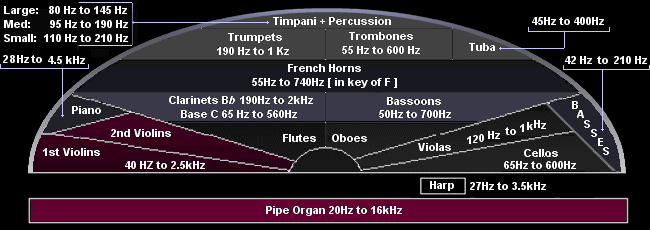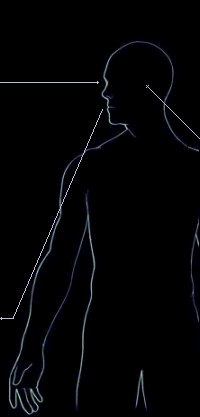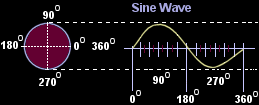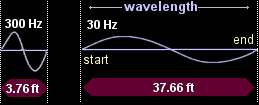
Audio Frequency Fundamentals
Chart of the layout of an Orchestra from a frequency point of view and a diagram of the audio spectrum from a human point of sound.
Acoustic instruments with their fundamental frequencies

The traditional acoustic orchestra is divided into the following families
Plucked Strings
|
Bowed Strings
|
Woodwinds
|
Brass
|
Percussion
|
Human perception of the Audio/ Visual Spectrum - approximate values
|
Vision
Speech /Song - Hz
|
 |
Human Audio Spectrum range is approximately 20Hz to 20kHz Hearing SPL
|
Hearing can be described using frequencies and volume.
Volume is measured in units of dB, which is the loudness of a sound also called the Sound Pressure Level. SPL is measured in decibels which is one tenth of a bell. Frequencies are measured by units of Hertz or Hz
This table shows the musical intervals and the corresponding ratio of frequency to notes.
| Note | C doh |
D ray |
E me |
F fah |
G soh |
A lah |
B te |
c doh |
|||||||
|---|---|---|---|---|---|---|---|---|---|---|---|---|---|---|---|
| Natural (Diatonic) Scale frequency |
256 | 288 | 320 | 341 | 384 | 427 | 480 | 512 | |||||||
| Intervals between notes | 9/8 | 10/9 | 6/15 | 9/8 | 10/9 | 9/8 | 6/15 | ||||||||
| Intervals between notes above C |
1.000 | 1.125 | 1.250 | 1.333 | 1.500 | 1.667 | 1.825 | 2.000 | |||||||
| Equal temperament Scale Intervals above C |
1.000 | 1.122 | 1.1260 | 1.335 | 1.498 | 1.682 | 1.888 | 2.000 | |||||||
There are 12 semitones to the octave in the scale of equal temperament.
Middle C is equal to 256Hz or equal to 261.2 on the Helmholtz scale
Wavelength and Frequency
|
At 70 degrees Fahrenheit the speed of sound in air is approximately 1130 foot per second. This speed is temperature related and increases by 1 foot per second by a 1 degree raise of temperature, measured in Fahrenheit. |
 |
 |
The wavelength of a sound wave is the distance
between the beginning and the end of a cycle. The higher the Frequency, [in Hertz], the longer the Wavelength [in Meters or Feet] |
|
|
v = velocity in the medium f = the frequency in Hertz λ = the wavelength |
Further Reading